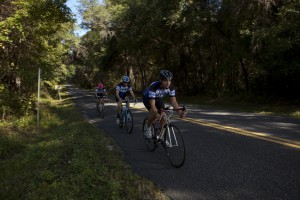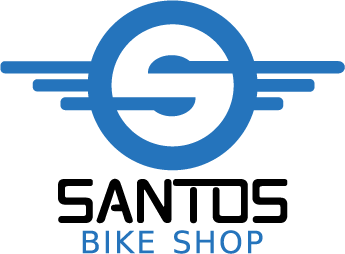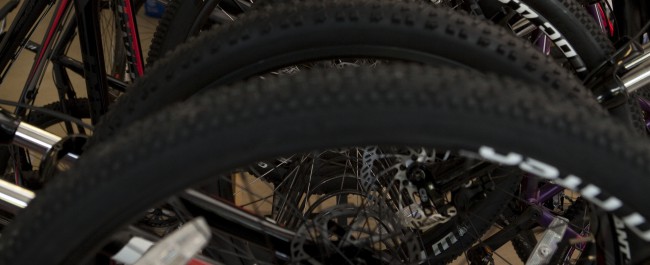Finding the Perfect Tire Pressure
We’ve all had that moment when you’re about to get out on a bike you haven’t ridden in a while and the tires seem underinflated or even flat. You get out your pump but then ask, what is the correct pressure to inflate the tires to? Does it even matter? If I push my thumb on the tire and can’t press in, is that high enough? The pressure in your tires will determine several factors of the ride quality of your bicycle, namely the performance and the amount of grip. Generally speaking a road clincher tire will take anywhere between 80-120 PSI while a mountain bike tire will take between 30-60 PSI.
On the road, there is a misconception that the higher the pressure, the better the performance. The theory is that a tire with higher pressure has a lower rolling resistance as the tire will ‘flex’ less and thereby have a smaller surface area touching the road. This is only true up to a point however and most research now shows that the performance gain becomes negligible after a certain point. The ‘sweet spot’ for pressure is when the tire has a 15% drop under load. This is the amount the tire compresses when you put your weight on it. When the pressure increases beyond this point, the performance gain is negligible AND the ride of the bike becomes much more uncomfortable. The amount of drop is affected by several factors including the tire volume, the rim width and the weight distribution between the front and rear tires. The reality is that riding at optimal tire pressure is never ideal as road surfaces are rarely perfectly smooth and you should adjust your pressure as per where you are riding and the comfort that you want from the ride. A rougher road with a tire at a higher pressure will cause more fatigue on your body and likely slow you down even more than an under inflated tire.
 For trail riders with fatter, higher volume tires, the opposite is usually true: how low can I get my tire pressure? A lower tire pressure off road can be beneficial, as the tires will absorb more bumps in the trails and act as suspension leading to a more comfortable ride. With lower pressure also comes a greater contact area of rubber to the ground meaning more grip! While maximum tire pressure test the tire and rim strength, when tire pressure is too low it could cause the tire to feel ‘squirmy’, roll of the rim or cause a pinch flat (AKA a snakebite). The tire needs a certain amount of pressure to keep it clinched to the rim but also to keep the rim coming into contact with the ground and pinching the tube giving you a flat tire. A growing trend in mountain biking is to see tubeless wheel systems that clinch the tire straight onto the rim without a tube, usually with a sealant running inside the tire. These can be run at much lower pressures as there is no tube to be pinched! However, if the pressure is too low, the tire might burp out air in tight cornering and also add rolling resistance. Tubeless tires can run as low as 25 PSI.
For trail riders with fatter, higher volume tires, the opposite is usually true: how low can I get my tire pressure? A lower tire pressure off road can be beneficial, as the tires will absorb more bumps in the trails and act as suspension leading to a more comfortable ride. With lower pressure also comes a greater contact area of rubber to the ground meaning more grip! While maximum tire pressure test the tire and rim strength, when tire pressure is too low it could cause the tire to feel ‘squirmy’, roll of the rim or cause a pinch flat (AKA a snakebite). The tire needs a certain amount of pressure to keep it clinched to the rim but also to keep the rim coming into contact with the ground and pinching the tube giving you a flat tire. A growing trend in mountain biking is to see tubeless wheel systems that clinch the tire straight onto the rim without a tube, usually with a sealant running inside the tire. These can be run at much lower pressures as there is no tube to be pinched! However, if the pressure is too low, the tire might burp out air in tight cornering and also add rolling resistance. Tubeless tires can run as low as 25 PSI.
The reality is that tire pressure needs to be set on an individual basis for both road and mountain bikes. The type of terrain you wish to ride on plus the desired handling characteristics of the bike should determine what pressure you set. Always start in the middle of the recommended tire pressure (found on the tire) but don’t be afraid to experiment next time and find the right pressure for you!

